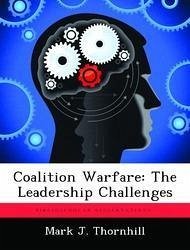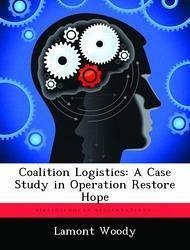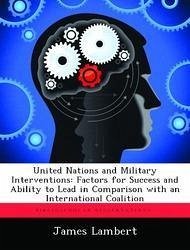
Information Sharing Challenges in a Coalition Environment
Versandkostenfrei!
Versandfertig in über 4 Wochen
14,99 €
inkl. MwSt.

PAYBACK Punkte
7 °P sammeln!
The United States has been involved in the conflicts in Afghanistan and Iraq since 2001 and 2003 respectively. Since entering these conflicts the United States has worked with other countries as part of a coalition. Internally, the United States military has realized an evolution with the capability to transmit, store, analyze, and manipulate data supporting these operations. Situational awareness tools, intelligence gathering technologies, and battle command systems have enabled military commanders to dominate on the information battlefield. New tools allow commanders to collaborate, plan, an...
The United States has been involved in the conflicts in Afghanistan and Iraq since 2001 and 2003 respectively. Since entering these conflicts the United States has worked with other countries as part of a coalition. Internally, the United States military has realized an evolution with the capability to transmit, store, analyze, and manipulate data supporting these operations. Situational awareness tools, intelligence gathering technologies, and battle command systems have enabled military commanders to dominate on the information battlefield. New tools allow commanders to collaborate, plan, and assess operations on a global scale. Video teleconferencing brings our leaders together regardless of location. Internally, the United States has a digital capability that extends beyond any of the partners fighting in the coalition. The large disparity in capabilities among coalition partners creates gaps in information exchange. How are our commanders dealing with these gaps in information exchange? How can they achieve unity of effort if they cannot share information because of security policies and regulations and the use of U.S. only systems? These questions will be addressed in this research paper. Reviews of available literature, guidance, regulations, and interviews will serve to frame the problem, provide analysis, and provide recommendations to mitigate the challenges of information sharing in a coalition environment.














